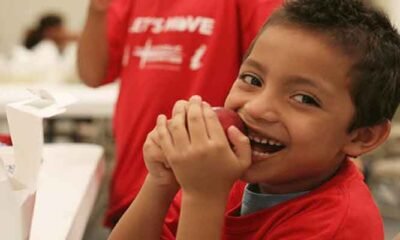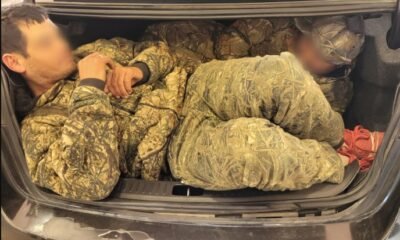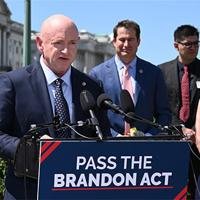cct-tracking
SpaceX’s Bold Rescue Mission to Save NASA Astronauts Stranded in Space Until 2024

CAPE CANAVERAL, Fla. — SpaceX launched a critical rescue mission on Saturday intended to bring two astronauts back from the International Space Station (ISS). This mission is significant as it faces a delayed return, set for next year due to ongoing operational schedules.
The Falcon 9 rocket lifted off with a reduced crew, tasked with retrieving astronauts Butch Wilmore and Suni Williams. Their initial flight aboard Boeing’s Starliner had to return empty due to serious safety concerns just a few weeks prior, leaving them stranded at the ISS.
NASA usually rotates station crews every six months, and this particular mission features two empty seats assigned to Wilmore and Williams. The agency clarified that no earlier return options existed without disrupting planned missions. The astronauts will have spent over eight months in space by their eventual return, having initially signed on for a shorter duration of just one week.
Problems with Boeing’s Starliner, including thruster malfunctions and helium leaks, led NASA to prioritize safety. Consequently, the agency adjusted crew assignments for the current SpaceX flight to accommodate Wilmore and Williams.
In an interesting turn of events, Williams has been promoted to the position of ISS commander, as the station prepares to stabilize its crew back to seven members. The arrival of NASA’s Nick Hague and Russian astronaut Alexander Gorbunov will allow four astronauts, who have been aboard since March, to return home in their SpaceX capsule—despite a previous month-long delay owing to issues with Starliner.
Before the launch, Hague highlighted the ever-changing nature of human spaceflight. “There’s always something that is changing. Maybe this time it’s been a little more visible to the public,” he remarked.
Hague was appointed commander for this mission due to his extensive experience, including a previous launch emergency that ensured his safety during a rocket failure. Meanwhile, rookie astronaut Zena Cardman and seasoned flier Stephanie Wilson were removed from this mission but remain eligible for future flights.
Cardman expressed her eagerness for future opportunities, stating, “I don’t know exactly when my launch to space will be, but I know that I will get there.” This reflects the optimism that surrounds NASA’s crew plans, despite current setbacks.
Hague acknowledged the unique challenges of this mission, which involves half a crew and the need to coordinate two astronauts who are trained on a different spacecraft. “We’ve got a dynamic challenge ahead of us,” he noted, embodying the professionalism expected in such missions.
SpaceX has established itself as a leader in NASA’s commercial crew program, having successfully completed ten crew flights since its inception. In contrast, Boeing has faced numerous hurdles, including a problematic test flight that forced a revision of its operational approach. Their latest Starliner successfully landed in New Mexico but triggered significant scrutiny regarding ongoing reliability issues.
After a delay due to Hurricane Helene, this SpaceX mission marked a pivotal moment as it was the first crewed launch from Cape Canaveral’s Launch Complex 40. This facility, once utilized for Titan rocket launches, is now pivotal in bolstering SpaceX’s plans for flexibility and increased launch capacity.


















